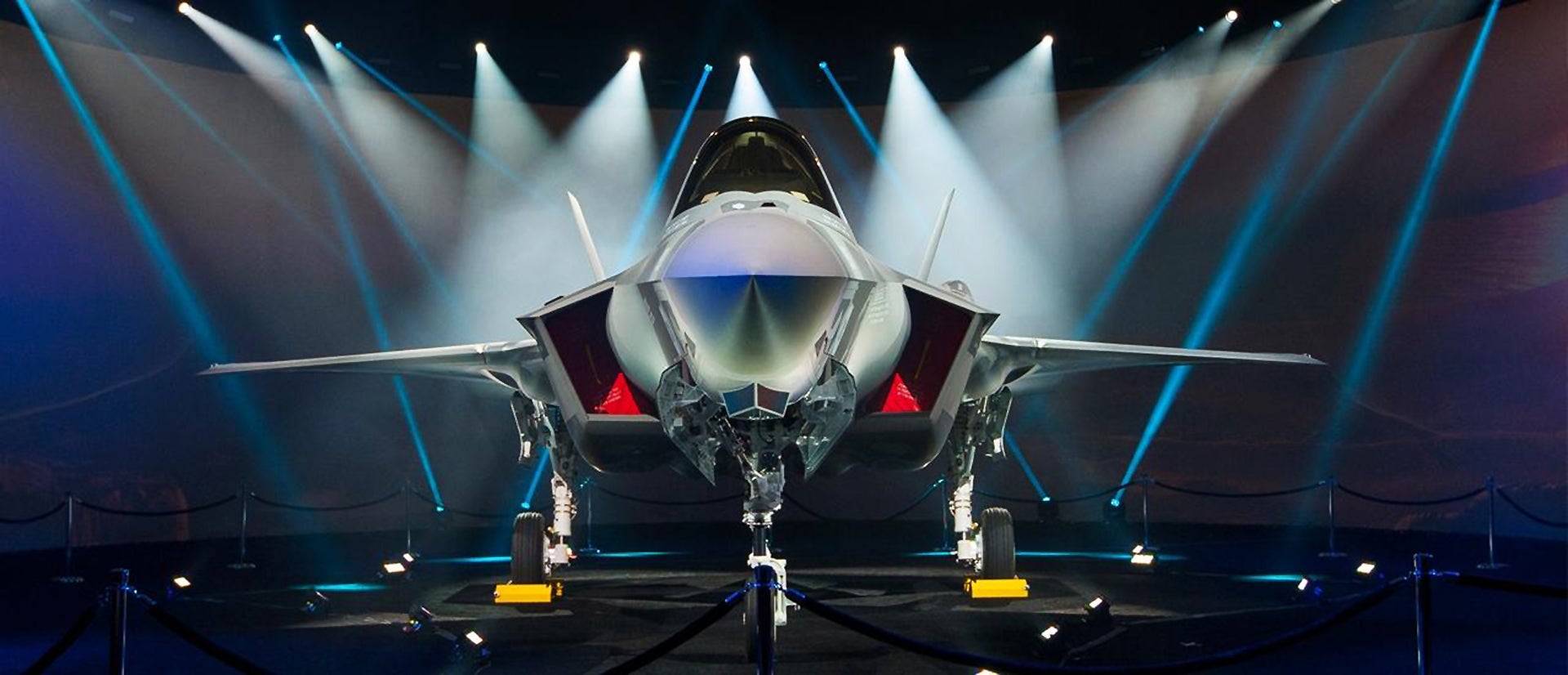It was quite the dog-and-pony show when Lockheed Martin rolled out Israel’s first completed F-35 this week. Once the IAF receives the jet, dubbed “Adir” (Mighty One) in Hebrew, it will be the first F-35 operator in the Middle East, with 33 of the F-35A derivatives on order. Much has been made of the “F-35I’s” unique configuration and Israel-specific modifications, including the possibility of installing conformal fuel tanks in the coming years. Yet the IAF is not only very interested in expanding its F-35A-derived fleet to 50 jets, but also possibly adding the short takeoff and vertical landing (STOVL) F-35B to its stable.

IAF Chief of Staff General Tal Kelman states:
“We want to reach 75 jets…The Israeli F-35 is the first fifth generation fighter to arrive in the Middle East, and it will allow us to open a significant gap in our abilities when facing all of the elements in the area…We want the first 50 jets to be A models, but beyond this, we are examining the options. The F-35B may be limited relatively to the A model regarding the amount of munitions it can carry, but has other advantages that may aid us in different scenarios”
Israel’s qualitative airpower edge is nothing new. Since the US began outfitting the IAF with combat jets, and especially after the arrival of the F-15, the Israel Air Force has always held technological superiority over its Arab neighbors’ air arms.
The “unique” modifications the IAF makes to American fighters is also nothing new, nor is the manner in which they have employed them. For instance, Israel was the first to convert the F-15 Eagle into an operational attack aircraft and conformal fuel tanks allowed them to strike targets thousands of miles from Israel. Today, the IAF’s F-15s and F-16s are loaded with Israel-specific communications, electronic warfare suites, and other combat-related sub-systems tailored to the potential threats and objectives they may face in the future.
With this in mind, an “Israelized” F-35B—one that can operate from roadways or from small, austere runways—makes sense. Such a capability would not only be useful should Israel’s airfields be attacked and their runways rendered unserviceable, but it would also be ideal for long-range air campaigns where unpredictable forward arming and refueling points can be set up, even possibly in a hostile or neutral country’s own backyard. Doing so would help the IAF sustain higher sortie rates for long-range air campaigns far from home (i.e. Iran) and it would help take pressure off the IAF’s relatively tiny aerial tanker fleet.

It will be fascinating to see how the IAF evolves their prized F-35s. It will give the IAF the ability to penetrate enemy aid defense systems without the use of standoff munitions in some cases, which is a good capability to have seeing that Iran has equipped itself with the Russian S-300 air defense system. And although the program remains a boondoggle for the US, for certain operators it’s a value. This is especially true in Israel’s case, considering their purchase is subsidized by US foreign military aid.
Contact the author Tyler@thedrive.com

